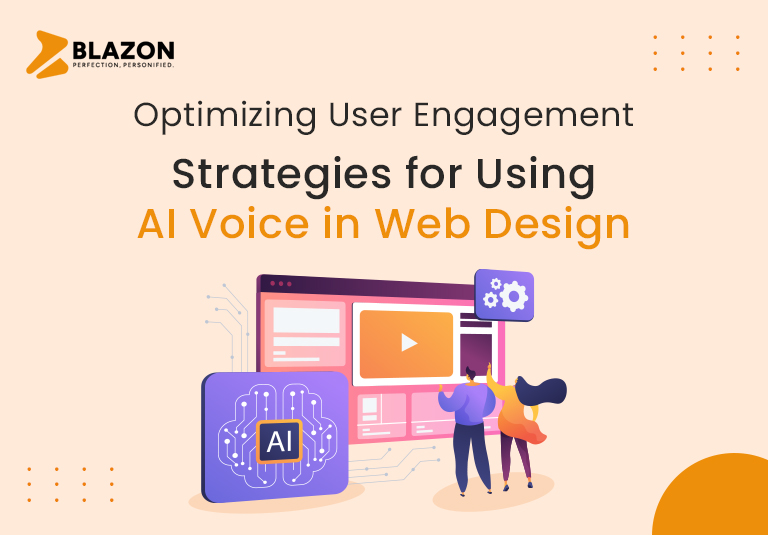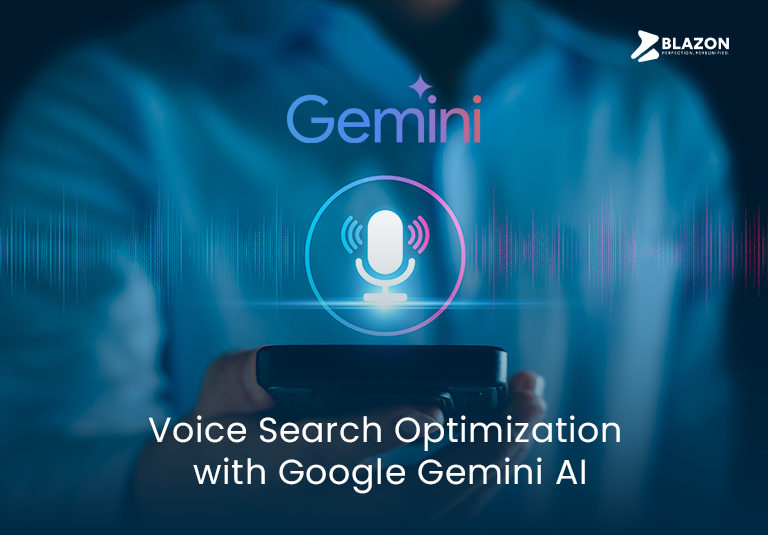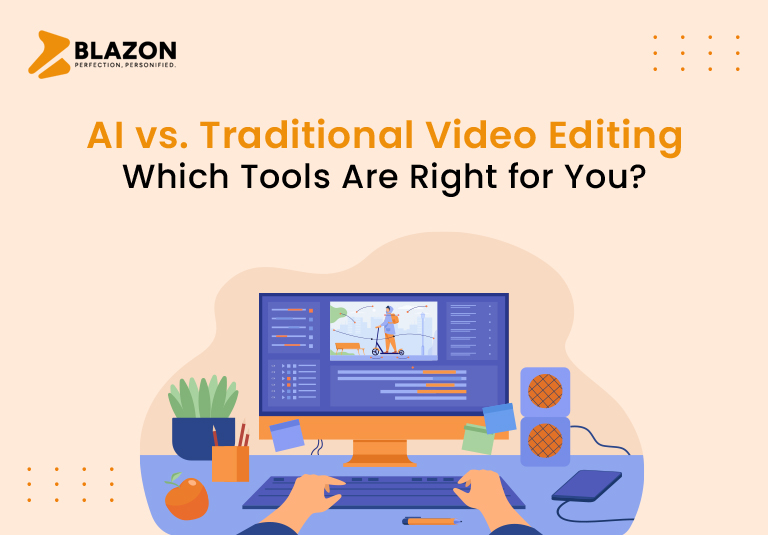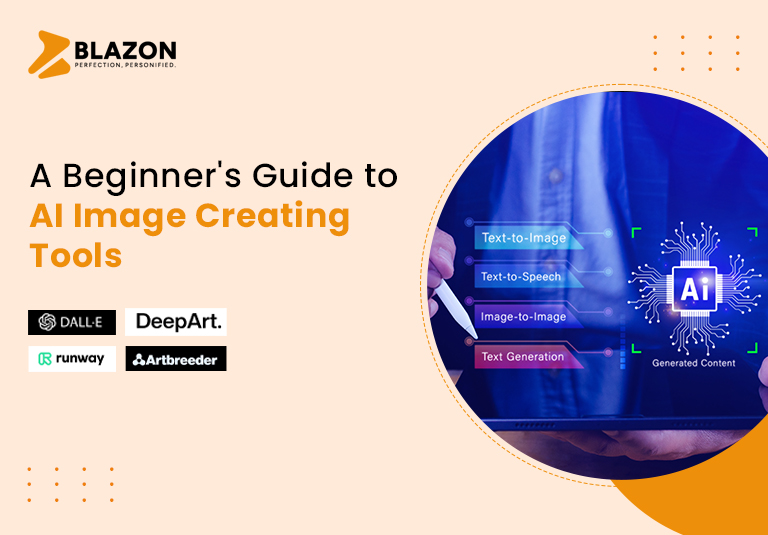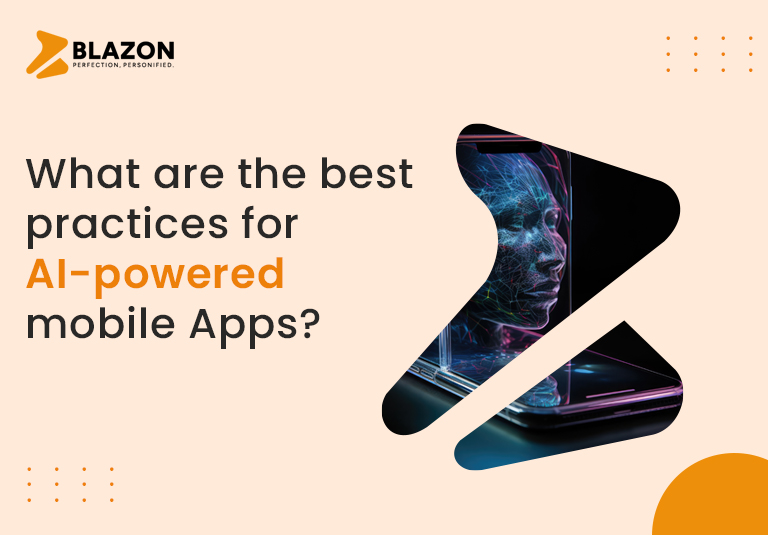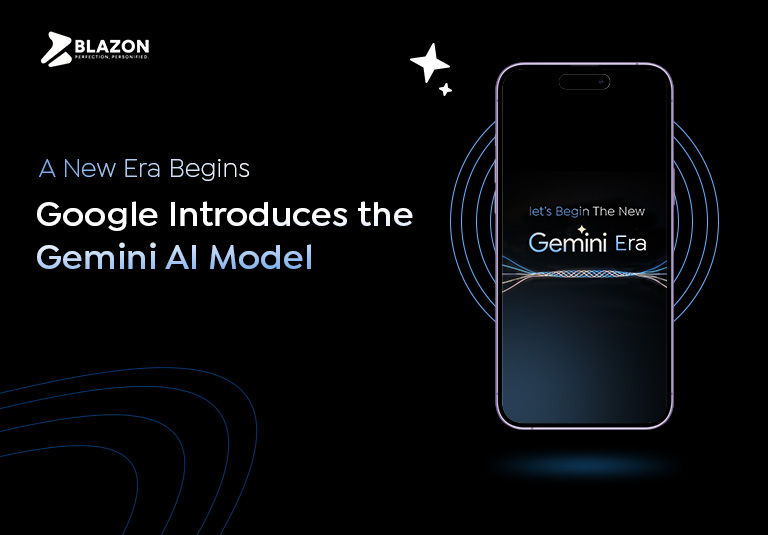The experience ultimately tells whether a website can be effective or not. User engagement refers to the ways by which users can engage in a website or webpage, how long time they spend, and what action they do there. Higher engagement tends to mean better satisfaction for users; in general, there is an increase in overall conversions and keeps customers loyal to the brand. Now more than ever, it’s important to be making relevant and engaging user experiences. Traditional web design strategies usually focus on visual display and navigation. Including AI voice technology in their interaction brings a new facet to the user.
How AI Voice Technology Enhances User Experience
AI has disrupted quite everything in the last few years, from voice recognition technology to voice-generating tools. AI voice has facilitated the user interaction process for websites with the help of spoken commands, making the experience much more natural and efficient while obtaining maximum ROI. We will talk more on what should be the strategies for effective AI voice recognition, best practices to integrate AI voices, and which platforms provide highly accurate AI voices in multiple languages and accents.
Strategies for Effective AI Voice Integration
1. Identifying Key User Touchpoints
Integrating websites and using AI voice technology effectively, one has to go deep enough to understand the journey of the user by identifying key touchpoints at which this voice interaction can enhance the overall user interaction.
Using AI Voice for Navigation and Guidance
Voice AI can considerably simplify website navigation and give a hands-free experience to individuals who sometimes find using regular interfaces to be a challenge. With voice controls, it will be very easy to watch out for certain information, move to another section of the site, or execute other tasks like searching for products or services.
For example, an e-Commerce website can allow users to say something like, “Find men’s jackets” or even “Go to checkout,” which should fast-track them for shopping. Knowledge-based websites can have voice-activated search functions whereby users say, “Search for articles on digital marketing” or even “Show me the latest news.” This shall not only enhance the accessibility of a website but also quicken navigation, making the website more user-friendly.
Making Content Consumption More Convenient with Voice
Voice technology will disrupt the way content is consumed on a website. With AI voice, greater engagement and flexibility in consuming content could be implemented on a website. For instance, reading blog articles, news updates, or even product descriptions aloud to users. This is specifically useful for people who prefer listening to reading—a commute or for the blind community.
In addition, websites could grant control over play speed, pause, or skip parts, thereby bringing extra convenience and adaptability to the consumption experience. Besides, AI voice can add interactivity to multimedia content in a manner that describes images or videos by giving context to them and providing a richer, more inclusive experience.
2. Designing for Accessibility and Usability
One of the intrinsic features in the integration of AI voice technology is locked-in designing for accessibility and usability. This would help ensure that all users, most especially differently-abled people, could navigate and use the website with no hassles whatsoever.
Voice Controls for Smooth Navigation
Voice commands can, therefore, make navigation on the web more intuitive and available to persons who find the traditional methods of input—be it through keyboards or touch screens—to be a challenge. It would mean that the user will only need to say, “Open my profile,” “Go to the contact page,” or even “Scroll down,” making the website easier to use without having to manually input these actions.
It will also support voice commands like “Start the next lesson” or “Repeat the last section”, making learning flexible, hands-free, and interactive for educational websites. It would ease navigation, but it would go a long way in making an inclusive web space for all kinds of users.
AI Voice as an Assistive Technology
AI voice technology empowers people who have different kinds of disabilities, be it that they are visually disabled or have motor difficulties. Thus, voice-based interaction makes them able to do tasks in a convenient way, which was pretty hard to do otherwise. For example, the whole content of the webpage may be read out to a user with a visual disability, giving descriptions of images and navigating cues to facilitate its comprehension.
It can also provide interactions that would otherwise be inaccessible. Form completion—to give an example—and voice control of multimedia content or interaction with interactive elements on the website—all this can be done using the voice and requires no type of physical input from people who have a motor impairment. This enables inclusiveness and accessibility standards, such as WCAG.
3. Leveraging Voice for Personalization
User personalization is actually part of the user experience, and AI voice technology will definitely play a major role in delivering tailor-made content and interactions.
Personalization of Content and Interactions by User Preference
AI voice would ensure that, based on individual user preference, there is a variation of content delivery and interaction. For example, websites can use AI to remember individual content delivery preferences of users, down to language, voice tone, or reading speed. In this way, every time a given user comes, the experience is the same but unique.
It will allow users to choose a voice that they prefer for reading any educational material aloud, trying to make the learning process easier and more engaging. On e-Commerce websites, voice technology can offer recommendations of products or services based on past interactions, for example, suggesting similar items or giving personalized discounts.
Dynamic Changes in Accordance with User Behavior
AI voice technology can dynamically attune its interactions based on real-time user behavior. It analyzes user interaction with the website and can, therefore, suggest, answer questions, or guide users to relevant content or services. For example, if a user frequently asks about a certain product category, the AI can highlight what’s new in that category or which items in the category are on promotion.
Best Practices for Implementing AI Voice in Web Design
Ensuring Smooth and Natural Interactions
One has to ensure the construction of natural, intuitive voice interactions to enhance user engagement and satisfaction. Here are some guidelines to undertake it:
1. Consistent Voice Experience Across Platforms
Showing a constant experience of voice across all platforms inaugurates familiarity and trust for users. Tone, style, and even personality are supposed to be constant in order to allow users to go through an experience seamlessly.
2. Handling of Misunderstandings and Errors
Even with improvements, there will still be misunderstandings and errors during the voice interactions. It will then be of compelling importance to manage such situations so as not to lose confidence among its users.
- Clear Error Messaging: Clear, friendly error messages via the voice system in case of failures of understanding or execution.
- Offer Alternative Responses: Offer alternative commands or actions that can help the users complete their tasks in case their request was not successful.
- Learn from Mistakes: Continue refining the voice interaction system based on the common errors that were observed and bring in improvements that will minimize confusion in the future.
3. Preservation of User Privacy and Safety of Data
User privacy and security are the central principles behind implementing voice technology. Following is how one standardizes these guidelines:
Management of User Consent and Collection of Data
- Explicit Consent: Obtain explicit user consent before capturing data related to voice interactions. Clearly inform the user as to what data is captured, for what purposes the captured data is used, and give options for preference management.
- Minimal Collection: Capture only the absolutely necessary personal data for satisfying a certain request. As far as possible, sensitive information should not be obtained unless this were rather impossible, and Persona ensures appropriate regulations concerning data protection are followed, for example, GDPR or CCPA.
Secure in transmission and storage
- Encryption: Make sure there are robust encryption protocols, like SSL/TLS, between users’ devices and your servers. This will help ensure that sensitive information is barred from people for whom it is not intended along the way.
- Secure Storage Practices: Store the user’s data in secure environments that meet the industry-set standards in data security measures. This has to be audited and updated from time to time against data breaches or unauthorized access.
Conclusion
AI-powered voice technology is the future of web design, moving toward maximizing user experience through increased accessibility, personalization, and efficiency. More than everything, though, AI voice technology provides an opportunity to better engage users through its ability for natural interactions and customized responses. Wavel AI is one of these innovations at the top of its class with industry-leading voice generators. It stands outstanding in terms of accuracy and versatility, especially on text-to-Speechapplications. Applying Wavel AI’s sophisticated properties, web designers will not only be able to meet but also go beyond user expectations in creating dynamic, all-inclusive online environments that will be able to cater to the different requirements and tastes of users. Integrating AI voice technology is not just keeping pace with the world; it literally places one at the very frontline when setting new standards for interactive and engaging digital experiences—TV-era thinking brought into modern times.

